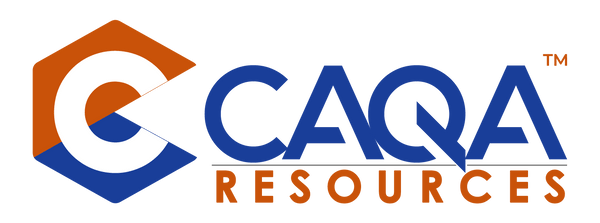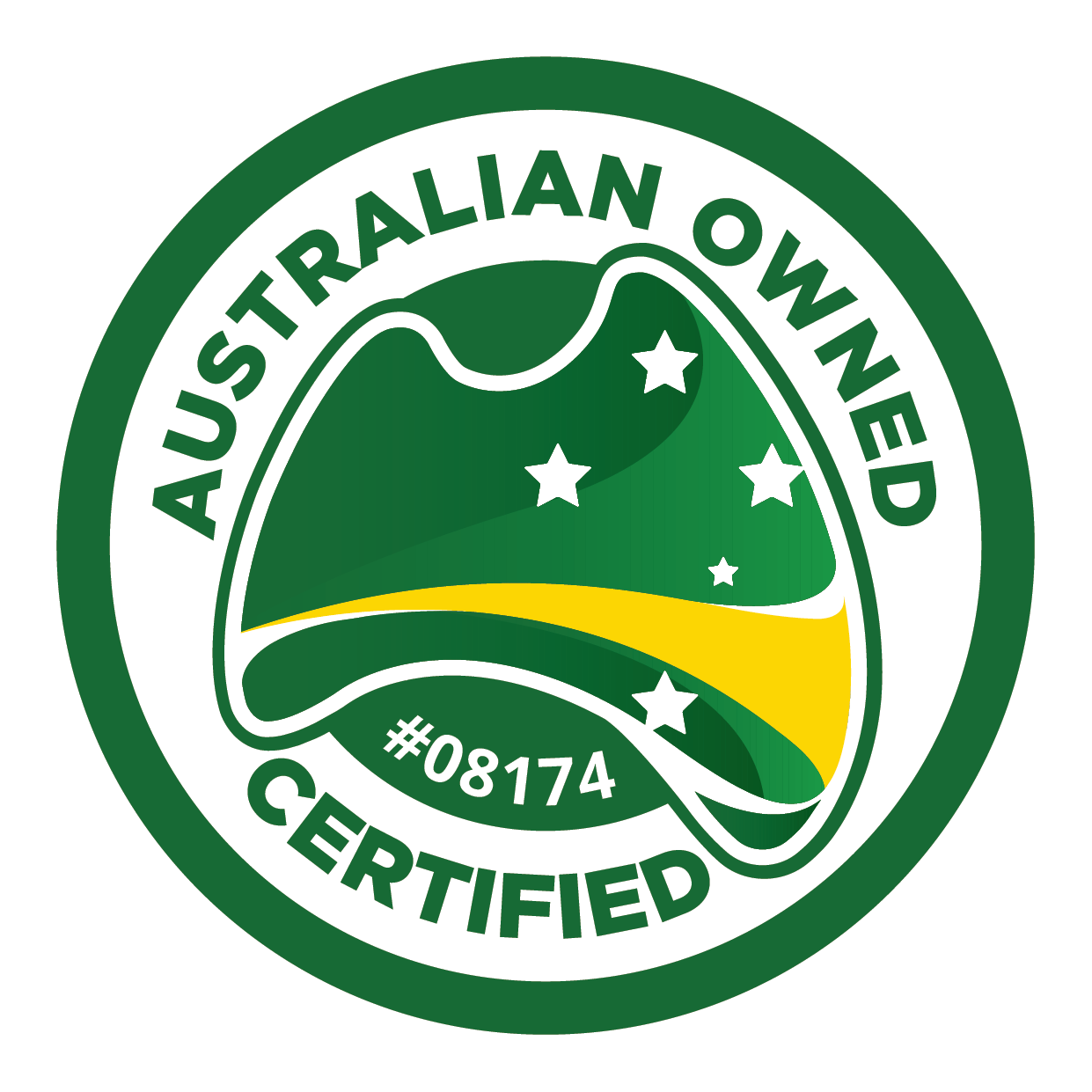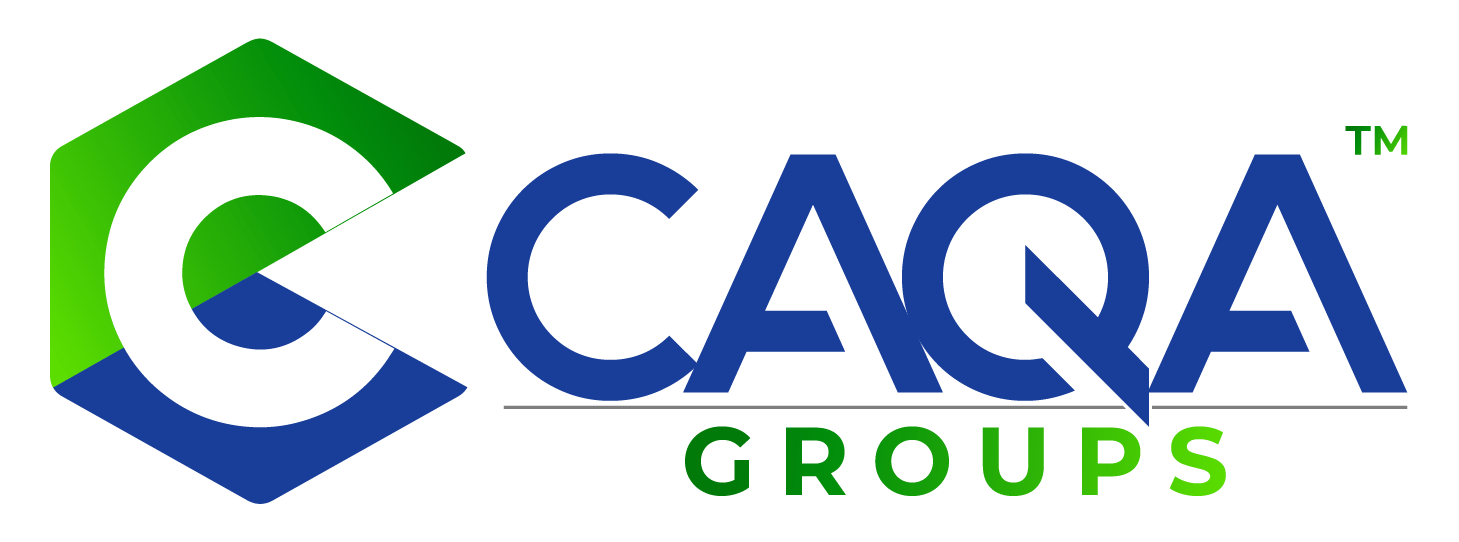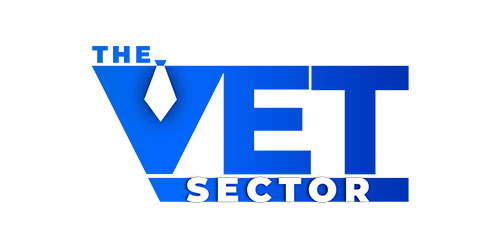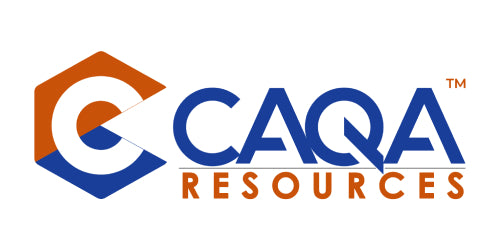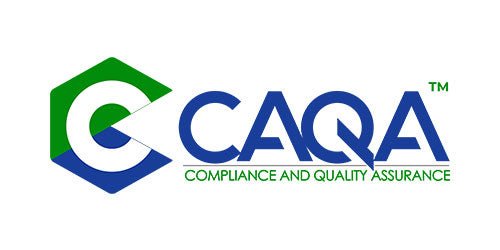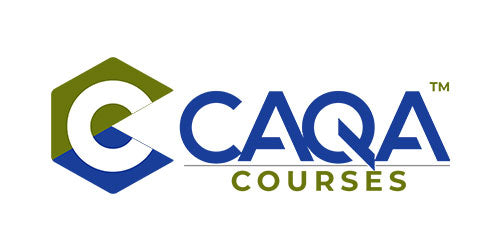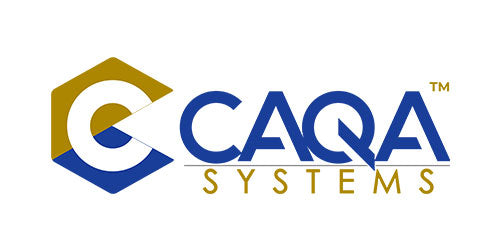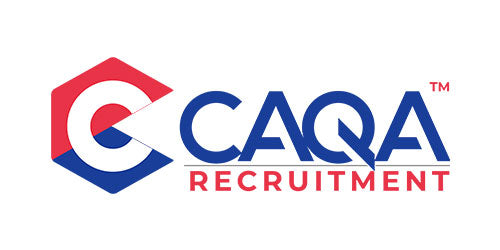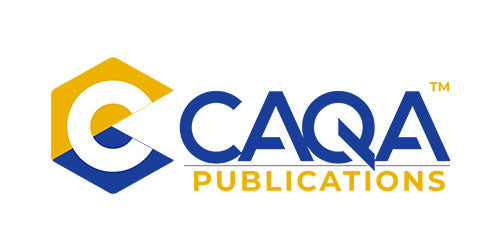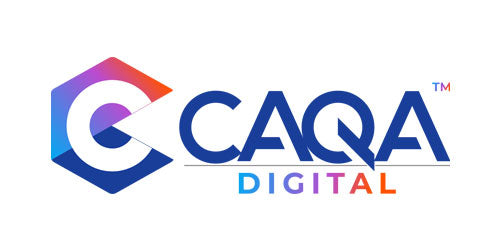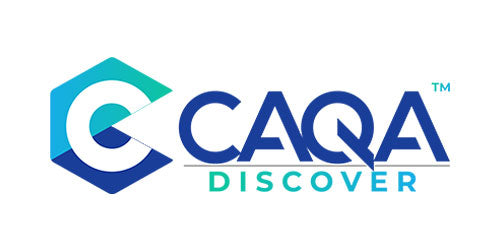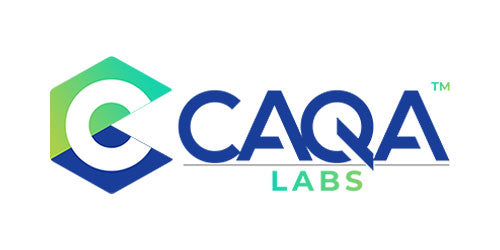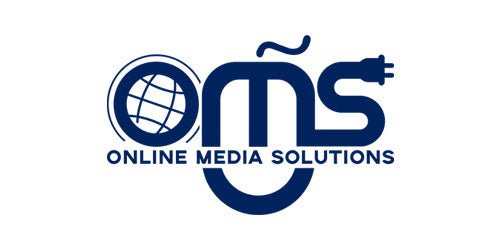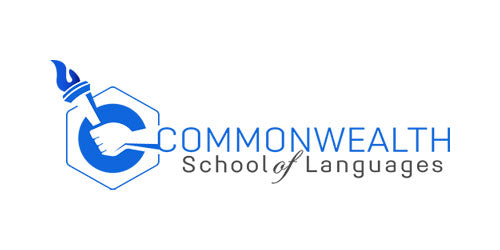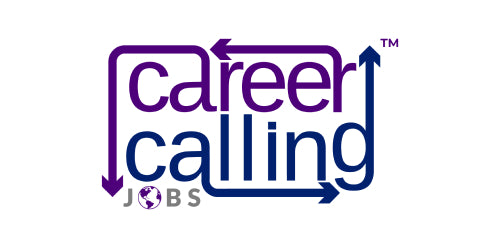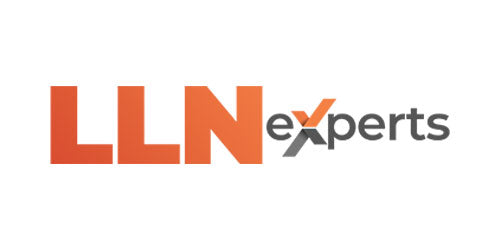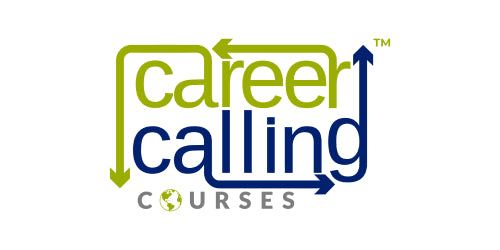Introduction
The practice of contextualisation is often an overlooked but critical element of vocational assessments. Whether you're an assessor, training provider, or a workplace manager, understanding the specific context in which a candidate operates can significantly impact the relevance and effectiveness of the assessment process. This in-depth guide aims to shed light on what contextualisation is, why it is important, and how to identify contextualisation needs for candidates, especially in relation to their workplace.
What is Contextualisation?
Contextualisation involves tailoring the assessment process to suit the specific attributes of a candidate's job role, industry, or sector. By aligning assessments to these individual circumstances, we can improve the relevance, reliability, and validity of the outcomes.
Key Elements for Contextualisation
Industry or Sector: Every industry has its unique challenges, rules, regulations, and standards. Identifying the specific industry or sector helps tailor the assessment to capture these unique elements.
Job Role: Roles within an industry can be diverse. An accountant in a hospital, for instance, would face different challenges compared to an accountant in a tech startup.
Tasks: Every job role consists of an array of tasks. Understanding these can help in framing assessment questions and scenarios that mirror real-life situations.
Knowledge, Skills, and Attributes: These are the key competencies needed for the job role and should form the basis for any assessment.
Workplace Environment: Contextual factors like working in a high-stress environment, dealing with sensitive data, or adhering to strict safety guidelines can affect performance.
Organisational Requirements: These include the specific procedures, protocols, and systems in place within the candidate's workplace.
Importance of Contextualisation
Authentic Assessment
Contextualisation helps create an assessment that is not just theoretically valid but also practically relevant. This authentic assessment ensures candidates are able to demonstrate real-world skills and not just abstract knowledge.
Fairness and Reliability
A contextualised assessment levels the playing field. It removes the bias of one-size-fits-all assessments and gives each candidate an opportunity to demonstrate their skills in a setting that reflects their job environment.
Detailed Insight
Custom-tailored assessments can provide granular insights into a candidate's capabilities, revealing not just what they know but how they apply that knowledge in their specific role.
Steps for Contextualisation
Step 1: Initial Research
The first step in contextualising an assessment is gathering information. This can be done through surveys, interviews, and consultations with subject matter experts in the candidate’s field.
Step 2: Review Existing Assessment Resources
Look at the current assessment resources you have and identify what can be customised. Existing assessment criteria can often be adapted with minor changes to better fit the candidate's context.
Step 3: Modify or Create Assessment Resources
Using the information gathered, either modify existing assessment resources or create new ones that align with the identified contextual needs.
Step 4: Validation
Before fully implementing the contextualised assessment, it's crucial to validate it. This could involve pilot testing or expert reviews to ensure the modified assessment is still valid and reliable.
Step 5: Conduct the Assessment
After validation, proceed with the actual assessment, keeping in mind to document everything meticulously for future reviews and audits.
Step 6: Review and Update
Contexts change, especially in fast-evolving industries. Make it a point to periodically review and, if necessary, update the assessment to maintain its relevance.
Conclusion
The vocational sector's diverse and dynamic nature makes contextualization not just a nice-to-have but a must-have aspect of the assessment process. Properly contextualised assessments offer a more accurate measure of a candidate's capabilities, provide a better user experience, and ultimately lead to a more skilled and competent workforce.
FAQs for "Identify Contextualisation Needs Based on the Candidate and, Where Relevant, the Candidate's Workplace"
1. Why is contextualisation important?
Contextualisation is essential for tailoring assessments to the specific needs and situations of candidates. It ensures that assessments are relevant and applicable to the candidate's job role, industry, or sector. The contexualisation should also occur according to the delivery mode the candidate is studying and completing assessments as well. This makes the assessment process more valid, reliable, and fair, allowing candidates to demonstrate their true capabilities.
2. How can one contextualise information?
Contextualisation involves adapting assessment resources to align with the unique attributes of the candidate's work situation. This may mean modifying existing assessment resources or providing additional, specialized resources. It could also involve ensuring the assessor is familiar with the specifics of the candidate's job role, tasks, and industry.
3. Can contextualisation change the meaning of information?
While contextualisation doesn't necessarily change the inherent meaning of the information, it makes the information more applicable to a specific context. For example, a generalised assessment may not accurately reflect the skill set needed in a specialised field. By contextualising the assessment, you make the information more relevant and meaningful for the candidate's specific situation.
4. What are some examples of contextualisation in practice?
For a candidate in the healthcare sector, you might contextualise an assessment to focus on medical terminology and procedures relevant to their role. For someone in retail management, the focus could shift towards customer service skills, inventory management, and sales targets. Essentially, the assessment should mimic the types of challenges and tasks the candidate would face in their specific role.
5. How do I identify the specific contextualisation needs for a candidate?
To identify the specific contextualisation needs, consider the candidate's industry, job role, tasks, and organisational requirements. Review existing assessment resources to see where adjustments or additions are needed to tailor the material to the candidate's situation.
6. What resources can be modified for contextualisation?
Almost any assessment resource can be modified for contextualisation. This includes but is not limited to, written tests, practical exams, interviews, simulations, and portfolio requirements. Modifications can involve changing the content, format, or even the language used to make it more relevant for the candidate.
7. What if the assessor is not familiar with the candidate's specific context?
It is essential that the assessor either has or gains an understanding of the candidate's specific job role, tasks, and industry. This might involve specialised training for the assessor or consulting with experts in the candidate's field.
8. Is contextualisation a one-time process?
No, contextualisation is often an ongoing process. As industries evolve, and job roles change, assessment contextualisation may need periodic updating to remain relevant and effective.
9. Does contextualisation compromise the fairness of the assessment?
When done correctly, contextualisation enhances the fairness of the assessment. It ensures that each candidate is evaluated based on the skills and knowledge relevant to their specific role, rather than a generic set of criteria that may not be applicable.
10. How does contextualisation impact the reliability and validity of an assessment?
Answer: Contextualisation increases the reliability and validity of assessments by ensuring that they are directly relevant to what is being measured, allowing the candidate to demonstrate their actual capabilities and potential in a meaningful way.
11. Why is contextualisation important?
It ensures relevance, fairness, and validity in assessments.
12. How can one contextualise information?
Through research, adaptation of existing resources, and validation.
13. Can contextualisation change the meaning of information?
It makes information more relevant but doesn't change its inherent meaning.
14. What are some examples of contextualisation in practice?
Tailoring assessments to focus on industry-specific tasks or skills.
15. How do I identify the specific contextualisation needs for a candidate?
Through initial research, interviews, and consultation with experts.
16. What resources can be modified for contextualisation?
Almost any, including assessments, learner resources, practical exams, and interviews.
17. What if the assessor is not familiar with the candidate's specific context?
The assessor should undergo additional training or consult experts.
18. Is contextualisation a one-time process?
No, it requires periodic updates.
19. Does contextualisation compromise the fairness of the assessment?
Proper contextualisation enhances fairness.
20. How does contextualisation impact the reliability and validity of an assessment?
It improves both by aligning the assessment with real-world applicability.


